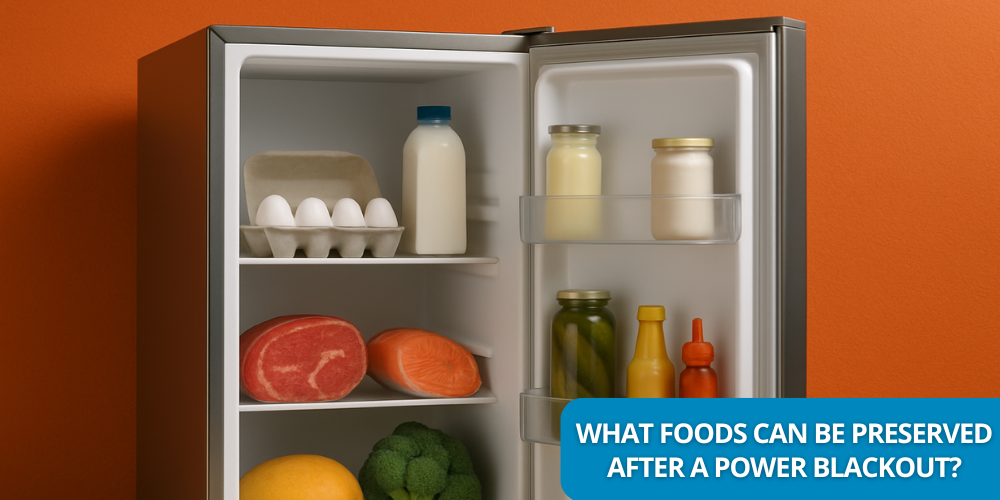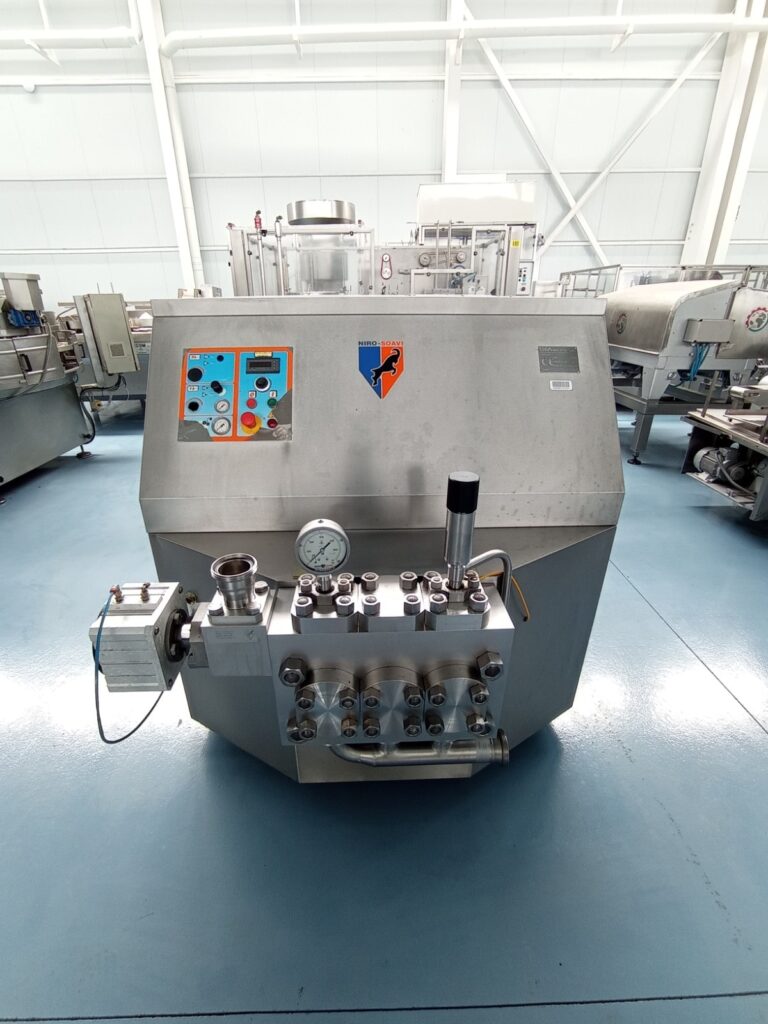On April 28, 2025, several European countries—including Spain—experienced a widespread power outage that disrupted the cold chain across homes, businesses, and particularly the food industry. This incident highlights the importance of understanding how long food can be safely stored without electricity to prevent health risks and preserve product quality.
Which Countries Were Affected by the Blackout?
The outage was not limited to Spain; it extended across much of Western Europe:
- Spain: Regions such as Madrid, Valencia, Catalonia, and Castilla-La Mancha experienced outages lasting several hours.
- Portugal: The mainland was affected, while Madeira and the Azores were spared.
- France: Southwestern areas near the Spanish border were hardest hit.
- Andorra: Briefly affected as well.
- Other countries: Disruptions were reported in Germany, Italy, the Netherlands, Finland, and the United Kingdom, exposing the vulnerability of interconnected power grids.
How Long Do Foods Last Without Refrigeration?
Understanding how long food remains safe without power is critical—both at home and in industrial settings.
In Household Refrigerators
- A closed fridge can maintain a safe internal temperature (≤4 °C / 40 °F) for up to 4 hours.
- After that, perishable items should be inspected and discarded if in doubt.
In Freezers
- A full freezer can keep food frozen for up to 48 hours.
- If only half-full, this window drops to about 24 hours.
Foods That Should Be Discarded After a Power Outage
Extended exposure to unsafe temperatures can encourage the growth of harmful bacteria. It’s best to discard:
- Meat, fish, seafood, and cooked foods.
- Dairy products and fresh cheeses.
- Egg-based sauces, mayonnaise, creams, and similar products.
- Cut fruits and vegetables.
- Leftovers or pre-prepared meals.
Foods That Can Be Safely Kept Without Refrigeration
Some items are more resistant to temperature changes and may remain safe:
- Whole fruits and vegetables.
- Aged cheeses, butter, and margarine.
- Bread, pastries, and nuts.
- Jams, canned foods, mustards, and other condiments.
What to Do When the Power Comes Back
- Check fridge temperature—ideally it should be at or below 4 °C (40 °F).
- Inspect frozen items—if ice crystals are still present, they may be safely refrozen.
- Don’t rely solely on smell or appearance—when in doubt, throw it out.
- Reorganize food storage to prevent future losses.
Preventive Tips for Future Power Outages
- Avoid opening your refrigerator or freezer during a power cut.
- Keep dry ice or cold packs ready.
- Group frozen items together to preserve cold longer.
- Cover the freezer with blankets (without blocking ventilation) to retain cold.
The Food Industry Takes Note: A View from Maquinaria Tomás Guillén
At Maquinaria Tomás Guillén, a leading supplier of industrial food processing machinery, we recognize the critical need to ensure food safety at every stage of production. A power outage not only impacts the end consumer—it can compromise entire production batches in factories without proper contingency plans.
That’s why we partner with food manufacturers to provide:
- Robust and secure production lines, equipped with backup power systems.
- High-efficiency industrial refrigeration equipment that recovers quickly after outages.
- Thermal control solutions for critical processes like pasteurization, packaging, and storage.
This blackout served as a wake-up call for the entire food supply chain. At Maquinaria Tomás Guillén, we reaffirm our commitment to innovation, prevention, and food safety—offering machinery tailored to the challenges of today and tomorrow.




